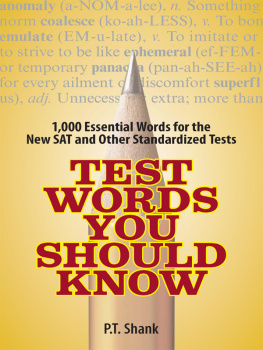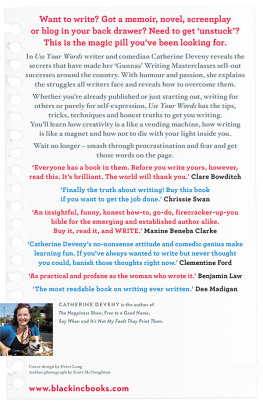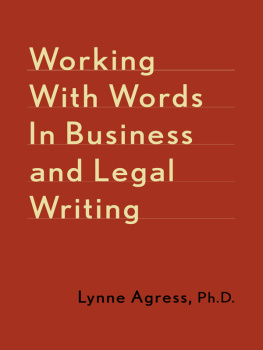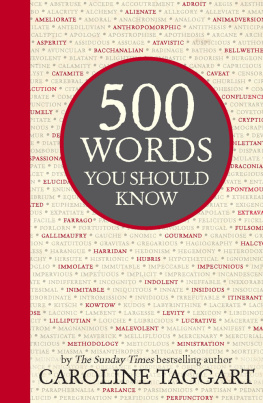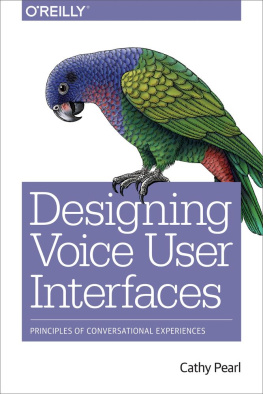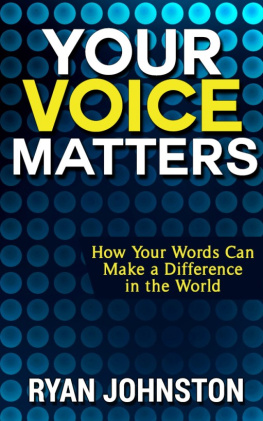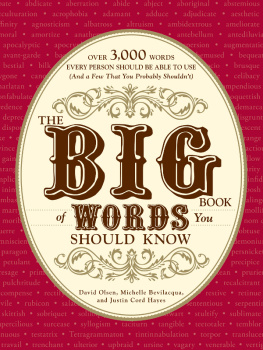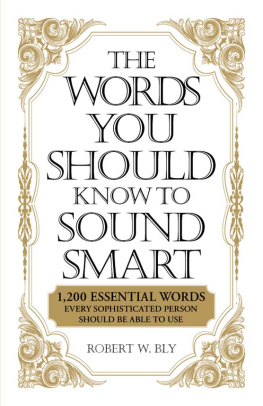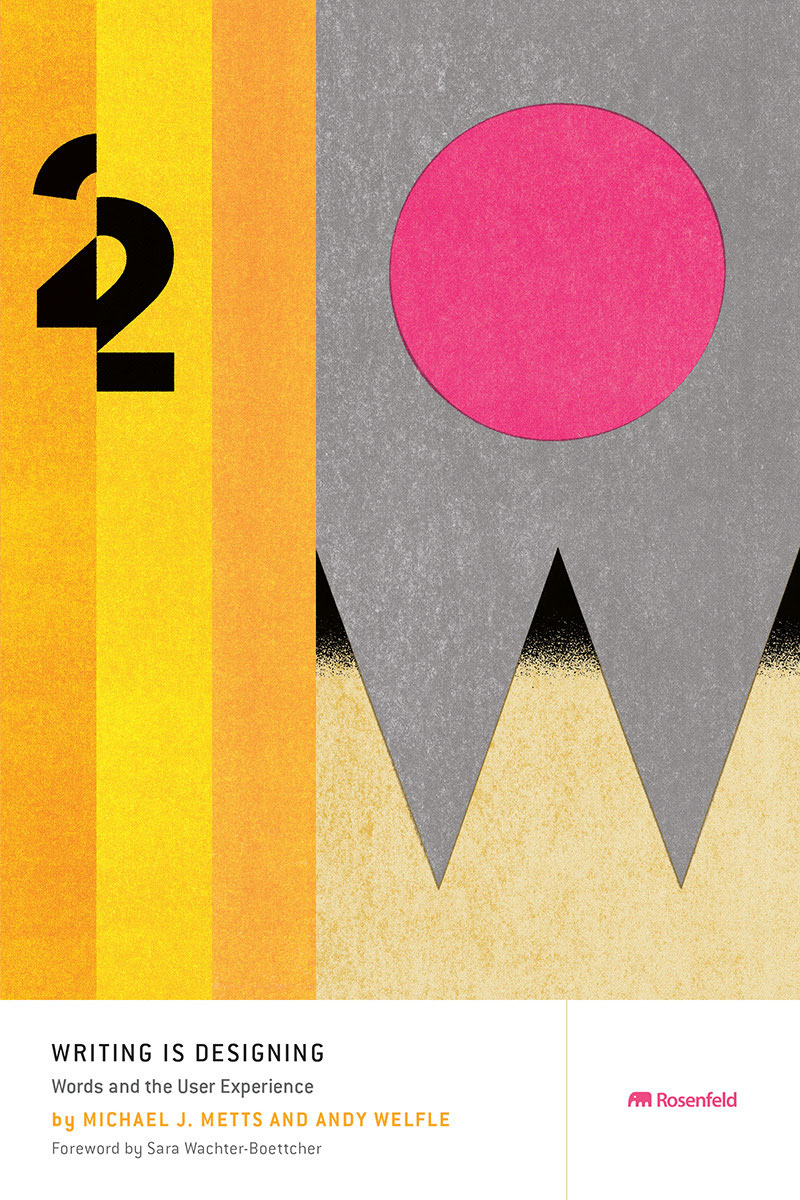WRITING IS DESIGNING
WORDS AND THE USER EXPERIENCE
Michael J. Metts
Andy Welfle
NEW YORK 2020
Writing Is Designing
Words and the User Experience
By Michael J. Metts and Andy Welfle
Rosenfeld Media LLC
125 Maiden Lane, Suite 209
New York, New York 10038
USA
On the Web: www.rosenfeldmedia.com
Please send errors to: errata@rosenfeldmedia.com
Publisher: Louis Rosenfeld
Managing Editor: Marta Justak
Illustrations: Nick Madden
Line Art: Michael Tanamachi
Interior Layout Tech: Danielle Foster
Cover Design: The Heads of State
Indexer: Marilyn Augst
Proofreader: Sue Boshers
2019 Rosenfeld Media LLC
All Rights Reserved
ISBN: 1-933820-66-7
ISBN-13: 978-1-933820-66-8
LCCN: 2019950030
Printed and bound in the United States of America
MICHAEL
To Karina, Elena, and Elias
ANDY
To Katie and our large, fluffy sons
HOW TO USE THIS BOOK
Who Should Read This Book?
Writers. If you write the words your users read and interact with, this book will help you understand how to apply design techniques to your process. Whether you call yourself a writer, designer, content strategist, or something else, this book will help you write more effectively.
Whats in This Book?
This book is full of ways to think about writing the words in an interface, along with strategic ideas you can apply to your work. Youll learn:
How words shape design
How to think about strategy and research
How to write for clarity
How to approach error messages and stress cases
How to write for inclusivity and accessibility
What the difference is between voice and tone and how to develop each for your product
How best to collaborate with your team
What Comes with This Book?
This books companion website ( rosenfeldmedia.com/books/writing-is-designing/) contains a blog and additional content. The books diagrams and other illustrations are available under a Creative Commons license (when possible) for you to download and include in your own presentations. You can find these on Flickr at www.flickr.com/photos/rosenfeldmedia/sets/.
FREQUENTLY ASKED QUESTIONS
What do you mean by writing is designing?
Just that. In many product teams, the words are an afterthought, and come after the design, or the visual and experiential system. It shouldnt be like that: the writer should be creating words as the rest of the experience is developed. They should be iterative, validated with research, and highly collaborative. Writing is part of the design process, and writers are designers. Thats the main thesis of this book (which youll read in Chapter 1), and the point that we try to drive home in every chapter.
Is this book written only for writers?
No. Even if you only do this type of writing occasionally, youll learn from this book. If youre a designer, product manager, developer, or anyone else who writes for your users, youll benefit from it. This book will also help people who manage or collaborate with writers, since youll get to see what goes into this type of writing, and how it fits into the product design and development process.
However, if writing is your main responsibility and youre looking for ways to collaborate with your team, youll find those ideas in Chapter 8.
Will you teach me how to write error messages?
Yes indeed! We cover error messages and stress cases in Chapter 4. This isnt a how-to book, thoughwe talk about how to approach the work, how to think about it strategically, and how to set yourself up for success so you can jump in and do the writing.
Whats the difference between voice and tone?
Theyre highly interrelated, but very different! Voice (Chapter 6) is the set of constant attributes in your writing that sets expectations, mood, and a relationship with your user. Its your products personality. Tone (Chapter 7) shifts, depending on context: For example, you might write with a motivational tone if your users were new to your product, or with a supportive tone if they were frustrated. This book has strategies and approaches to developing those tone profiles and when to deploy them.
CONTENTS
This, but Not That
FOREWORD
I wrote my first website copy in 2006. My client was a luxury condo development with a faintly ridiculous name, and my only source content was a print ad full of corny wine metaphors. I didnt care. I was 23 years old, and I was writing for a living. I even got benefits! So I sat down and clickety-clacked my way through: Drink in the bold flavor of Bordeaux Heights.
Thats not real, but you get the idea. It was terrible.
Over time, I learned to be useful. To be clear. To make it obvious how things worked and where things were. I like to think I even got pretty good at it. But back then, I didnt have to think about how to make a complex onboarding flow feel intuitive, or which states we needed to consider in an app, or how to design content for a tiny screen. There were no iPhonesmuch less smartwatches or Fitbits or an app to control your thermostat.
A lot has changed. Interfaces now sit between us and all kinds of intimate moments and critical tasks. And each of those interfaces is full of wordswords someone, somewhere has to write.
If youre that someone, this book will be your new best friend. Because designing interface content takes writing skill, sure. But it also takes curiosity about how things work, and compassion for the people they need to work for. And youll find those things here, too.
Andy and Michael have a wealth of experience designing with words, and youll see it in the coming pages. But what I love best about this book is that they know great interface writing doesnt come from lone geniuses with outsized egos. It comes from listening to as many perspectives as possible. In each chapter, they bring you fresh voices with essential knowledge on writing inclusive, accessible interfaces.
So dig in. Because this book is about more than words. Its about doing work that matters.
Sara Wachter-Boettcher, Author of Technically Wrong, Design for Real Life, and Content Everywhere
INTRODUCTION
This book is for writers: People who want to use words to build better, more humane technology.
If that describes you, youre not alone. Weve taught about this topic at events around the world. Each time, we meet amazing people who use their writing skills to help create digital products.
We interviewed more than 20 of those people with a variety of job titles for this book. The interviews were done individually, but we heard about some common challenges:
Being left out of the process until its too late to make an impact
A perception that their work is easy and doesnt take much time
Feeling less valuable than other team members
Weve dealt with many of the same issues in our own careers. For us, the solution was not to get better at writingit was to get better at user experience design.
Next page

